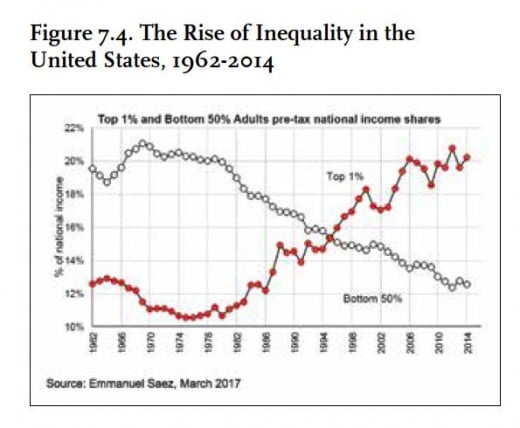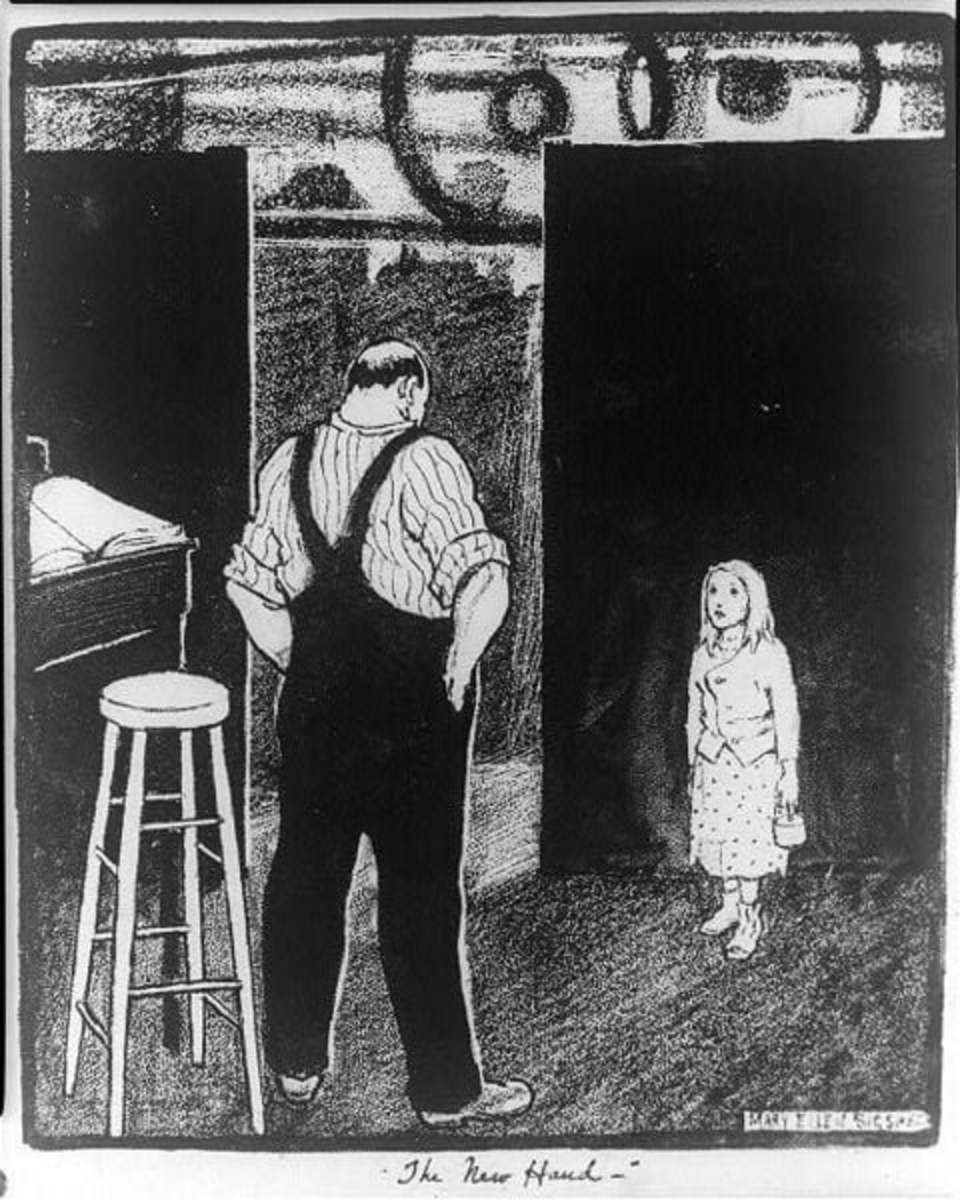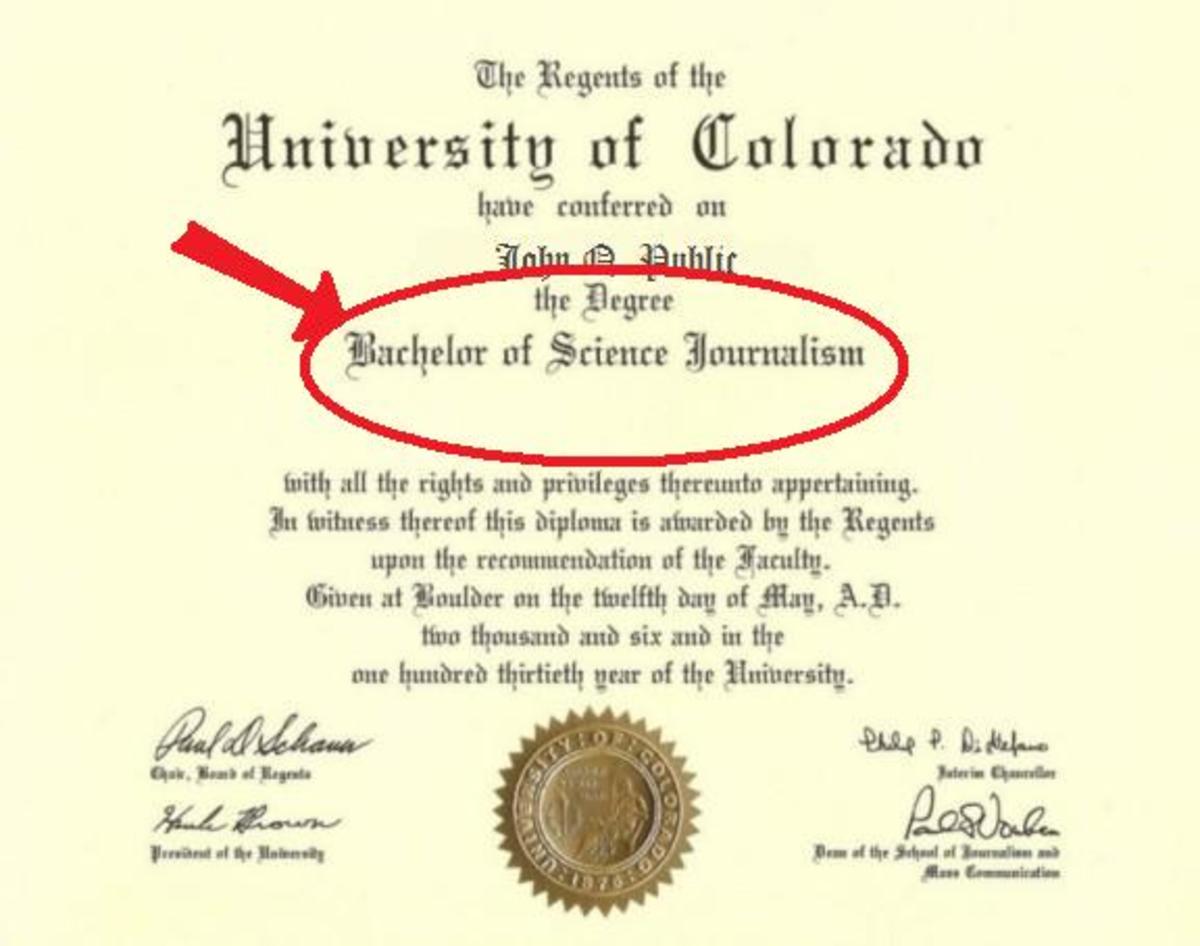Altering America's Declining Happiness by Offering Free Higher Education
American happiness on the steady decline
The World Happiness Report released it's 2017 edition and it is not looking very cheerful for the United States. And if asked to describe the current the political, social, and economic climate of America today, most college students would probably paint a blue and gloomy picture. Unfortunately, The decline trust in government, budget constraints, conflict of interest and abuse of power of public officials holding office, and continual decline of social capital is, just some the colors in which our country is being stained. The biggest contributing factor to the American decline is the growing divide between the poor and the rich.
Jeffrey D. Sachs, Director of The Center for Sustainable Development at The Earth Institute helped write the report and stated within it, that the issue is not an economic one, contrary to what our current political rhetoric would lead you to believe, but that of a social crisis within The United States. He explains why we are declining in happiness from a sociological frame.
"The fifth and final factor that I would raise is the severe deterioration of America’s educational system. On the demand side, the market premium for a college degree has continued to rise in the United States, reflecting the fact that new technologies demand better technical skills. Yet on the supply side, the share of young Americans completing a bachelor’s degree or higher is essentially stagnant at around 36 percent. College tuition has soared and student aid has been pared back dramatically. The result is a $1 trillion mountain of student debt and a generation of young people with half-finished bachelor’s degrees facing a precarious future.
"This matters because the failure of America to educate its young people is a major force behind the rise in income inequality (condemning those with less than a bachelors degree to stagnant or falling incomes) and, it appears, to the fall of social capital as well. The US political divide is increasingly a divide between those with a college degree and those without. "
Sachs goes on to conclude, "In sum, the United States offers a vivid portrait of a country that is looking for happiness “in all the wrong places.” The country is mired in a roiling social crisis that is getting worse. " In other words, economic growth will not curb the growing monster of United States social and political divide. To rectify such a tear, the US needs a simple yet radical change.
Should the US model other countries with free public higher education, as a means to alter the declining happiness and overall well-being of its citizens?
The short answer is, yes.
Norway, Switzerland, Iceland, and Denmark according to the Happiness Report ranked in the top ten year after year. So there is no need to invent a new system when there is poof in the continuous growth of Nordic nations. When citizens are well educated as a whole, they become better equipped at handling the most challenging problems of the 21st century.
This debate is not new. Former President Obama tried to propose free community college while in office, however, many in the federal government could not agree to such an idea and thus lost traction. However, the time to act is now. Schools and district across the nation struggle and grapple with increase teacher shortages for the 2017-2018 school year.
Unless we commit to the idea that quality education is for all our society will continue to decline from unhappy to down right miserable.
From Trade-Schools.net
Here are some other important facts to keep in mind as you explore the question of whether or not college should be free:
- In 2015, the total amount of student loan debt in America was estimated to be about $1.3 trillion (over 39 percent higher than it was just four years earlier).1 And student loans are, by far, the most dominant type of financial aid. During the 2012-2013 school year alone, about 10 million college students took out student loans (a 66-percent increase from a decade earlier).2
- More than $80 billion is spent each year by the federal government on post-secondary financial aid. In the 2012-2013 school year, that represented over 70 percent of all student financial assistance in the higher education sector.2
- In 2013, a federal Pell Grant covered only about 30 percent of the average cost of going to a public four-year college or university. Compare that to 1973 when a Pell Grant covered over 75 percent of the cost. So, what about two-year colleges? Is community college free if you get a Pell Grant? Well, it used to be. But a Pell Grant only covered about 60 percent of the cost of attending community college in 2013.2
- Over 20 million students were enrolled in American post-secondary schools in the fall of 2015, which was almost five million more than in 2000. Roughly seven million of those students attended two-year colleges.3
- According to estimates from 2013, young adults in America earn over 60 percent more if they have a bachelor's degree than if they only complete high school.3
- Since the mid-1900s, America's top one percent of income earners have increased their portion of the country's income by more than double.4
This matters because the failure of America to educate its young people is a major force behind the rise in income inequality









